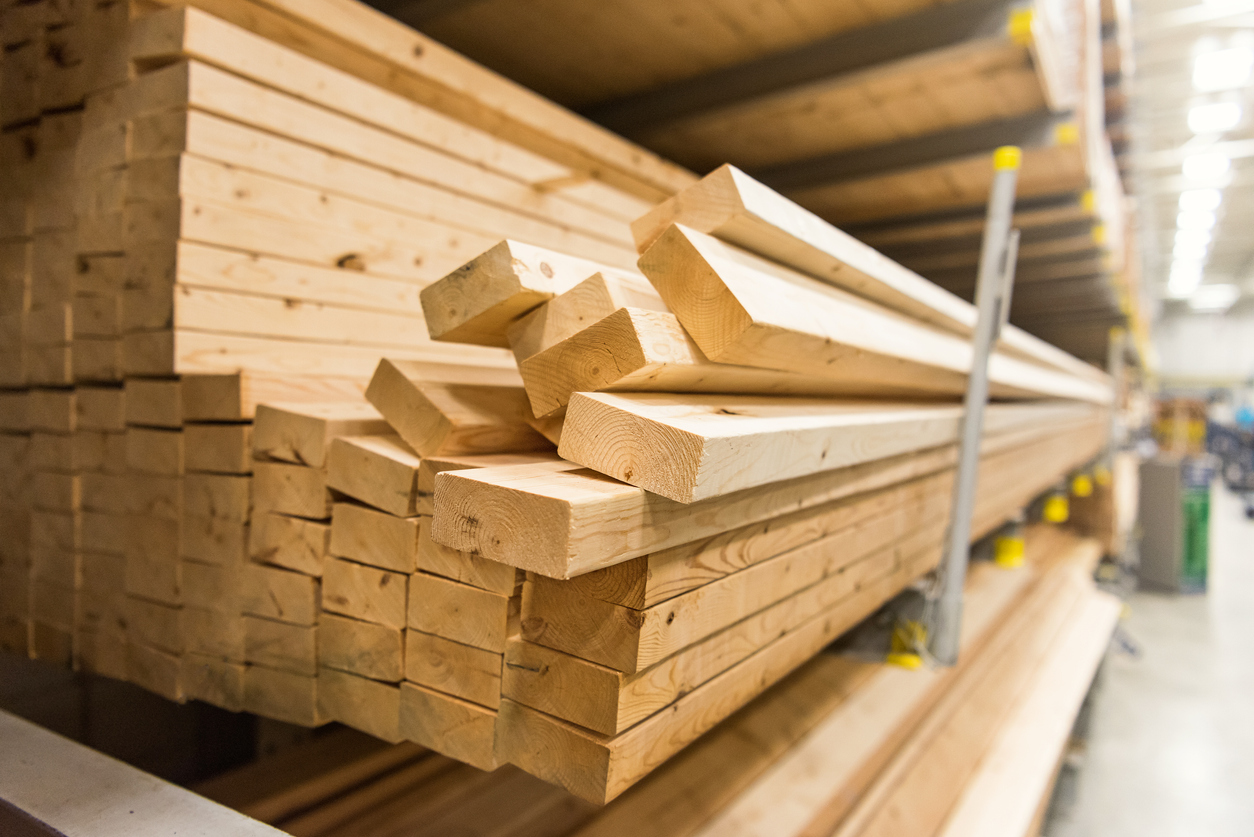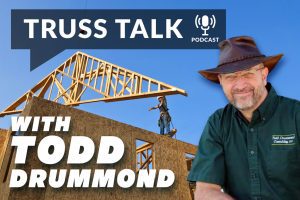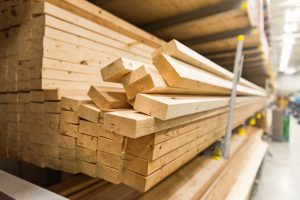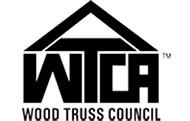
Dimensional lumber is wood fiber that is cut to a specific size (thickness/width/length) based on pre-defined, standardized sizes.
The official definition goes as follows: “Lumber is a manufactured product derived from a log in a sawmill or planing mill, which when rough shall have been sawed, edged, and trimmed at least to the extent of showing saw marks or other marks made in the conversion of logs to lumber on the four longitudinal surfaces of each piece for its overall length, and which has not been further manufactured other than by cross-cutting, ripping, resawing, joining crosswise and/or endwise in a flat plane, or surfacing with or without end matching and working.” This is the definition of dimensional lumber according to National Lumber grades Authority (NLGA).
In order to ensure standardization, dimensional lumber is sawn, planed and sometimes further manufactured. It can be made from many different species of wood including southern yellow pine, spruce-pine-fir, Douglas fir, and Hem fir.
Dimensional lumber is usually but not limited to 2x4s, 2x6s, and 4x4s. While wood panels/sheet goods are cut to standardized sizes, they are not considered dimensional lumber. The nominal dimensions are what the lumber sizes are called while the actual dimensions differ.
What is meant by nominal lumber size?
The nominal size is the size of the lumber before it’s surfaced, milled or planed smooth. That means the actual size of the lumber (or dressed size) will differ from the nominal size. For example, the actual size of a 2×4 is 1½ “x 3½ “.
Here’s the nominal vs. actual sizes of dimensional lumber:
| Nominal | Actual Size |
|---|---|
| 1×2 | 3/4″ × 1½“ |
| 1×3 | 3/4″ × 2½“ |
| 1×4 | 3/4″ × 3½“ |
| 1×6 | 3/4″ × 5½“ |
| 1×8 | 3/4″ × 7¼“ |
| 1×10 | 3/4″ × 9¼“ |
| 1×12 | 3/4″ × 11¼“ |
| 2×2 | 1½” × 1½“ |
| 2×3 | 1½” × 2½“ |
| 2×4 | 1½” × 3½“ |
| 2×6 | 1½” × 5½“ |
| 2×8 | 1½” × 7¼“ |
| 2×10 | 1½” × 9¼“ |
| 2×12 | 1½” × 11¼“ |
| 4×4 | 3½” × 3½“ |
| 4×6 | 3½” × 5½“ |
| 6×6 | 5½” × 5½“ |
Dimensional Lumber Lengths
Dimensional lumber comes in a variety of lengths, which is why the length is treated separately. Unlike the width and depth, lengths are expressed in actual sizes. So, if you buy a piece of lumber marked as “2 in. x 4 in. x 8 ft,” the board will measure 1½ x 3½ by 8′ or 96″.
A 2×4 stud can be PET (precision end trimmed) and can be 96”, 92 5/8”, 104 5/8” etc. For longer lengths grading rules allow mills to cut up to 3” longer than the described length i.e. a 2x4x12’ can be up to 147” long but is sold as a 12’ (measure twice and cut once!).
















